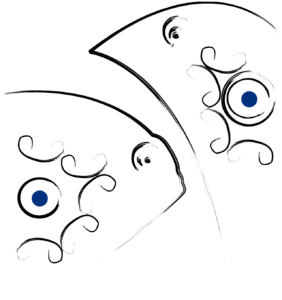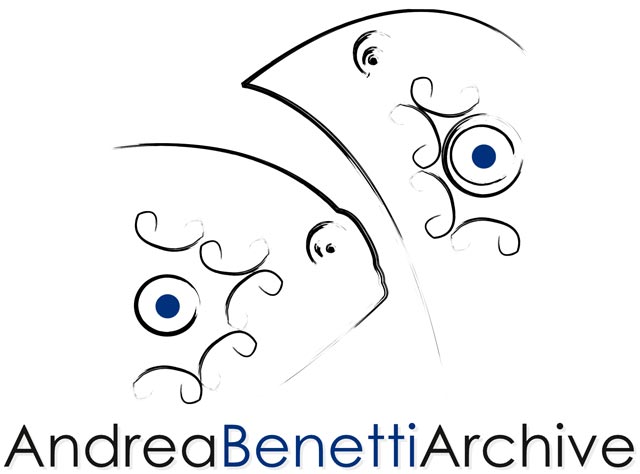Portraits d'artistes
The aim of this international exhibition is to provide the most comprehensive possible interpretation of the mirror phase, through various figurative and abstract, interpretative or photographic aspects, in which the artist reflects both their own experiences and those of their real or imaginary models.
In 2010, the fury of images seems to have taken shape in China, mirroring Europe—as if Chinese artists had reinvented photographic portraiture by integrating contemporary techniques such as acrylic painting and the projection of the artwork onto emulsified canvas. This hybrid intervention, though unconventional, proves effective in creating gaunt, moonlit, yet mischievous faces, contrasting with the sfumato technique, which was belatedly applied to shadow theories in the Western manner.
Here, personal experience is at play in every sense, through all visual and conceptual manifestations of dreams. These characteristics, which can be found in many places, take on a dedicatory quality in this exhibition, where the reference point for an entire artistic world begins in Paris. The works on display offer in-depth explorations, with a carefully curated selection of emblematic images that reflect the historical moment, the era of the portrait—as if a single image could encapsulate a period, a movement, or a trend.
On the walls are seminal works by artists who have fully assimilated their autonomy and originality, going beyond merely evoking emotions to open a window into their unconscious. The great metamorphosis that would ultimately pave the way for art photography emerged a century after photography became part of daily life. The deliberate move away from traditional painting, drawn toward emulsified canvas as a “discourse through figures,” eloquently comments on the artistic imagery of an entire generation.
This is a richness infused with mystery, as each artwork exudes a magnetic fascination, a compelling allure emanating from faces, bodies, and portraits. The first rupture with religious tradition emerges here: the image of the Redeemer, of a god becoming man, as if to transform a metaphor that once served as a legitimate impediment to the depiction of the human form as a divine creation. We are far from prohibitions—indeed, in this phase, we pronounce the names of all gods, giving them form and color.
This artistic journey has cost the lives of many artists—a fact that may seem curious and anachronistic to younger generations. Yet, if we were to map the totalitarian regimes where imagery was censored, banned, and punished, the world map would be shrouded in black.
We, however, want to color it in shades of pink and hope, with the tone of knowledge, with the resonance of a language that tells of freedom through poetry, with colors that animate and educate, a carousel of bodies leaning joyfully toward the universe—with that very imagination that seems to terrify totalitarian states.
With this exhibition, we aim to open a new horizon, a dialogue between bodies and cultures from all around the world.
Prof. Christian Parisot |
President of the Amedeo Modigliani Legal Archive |




